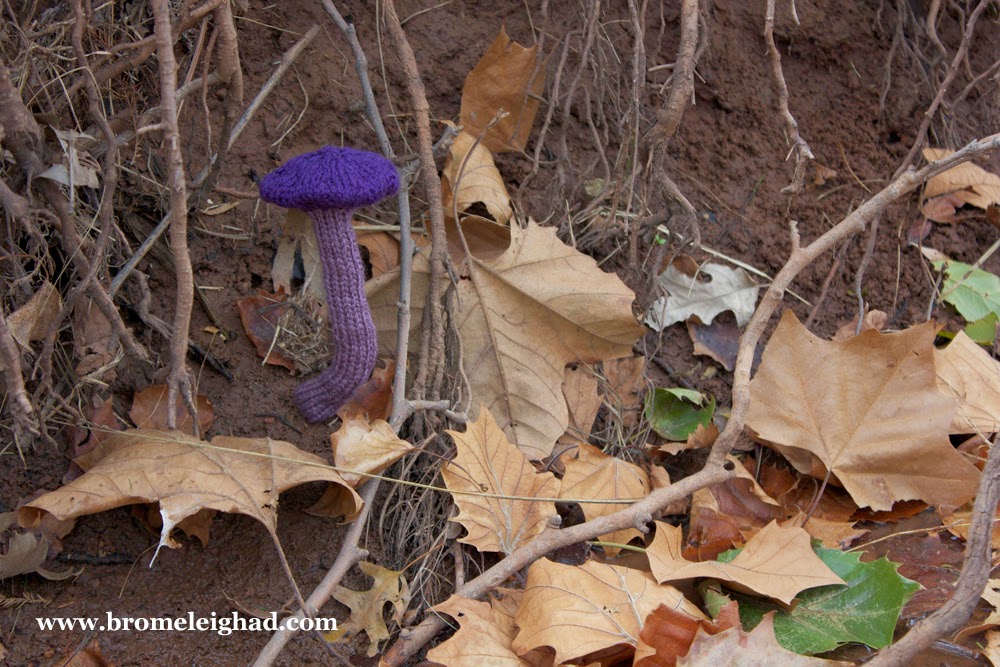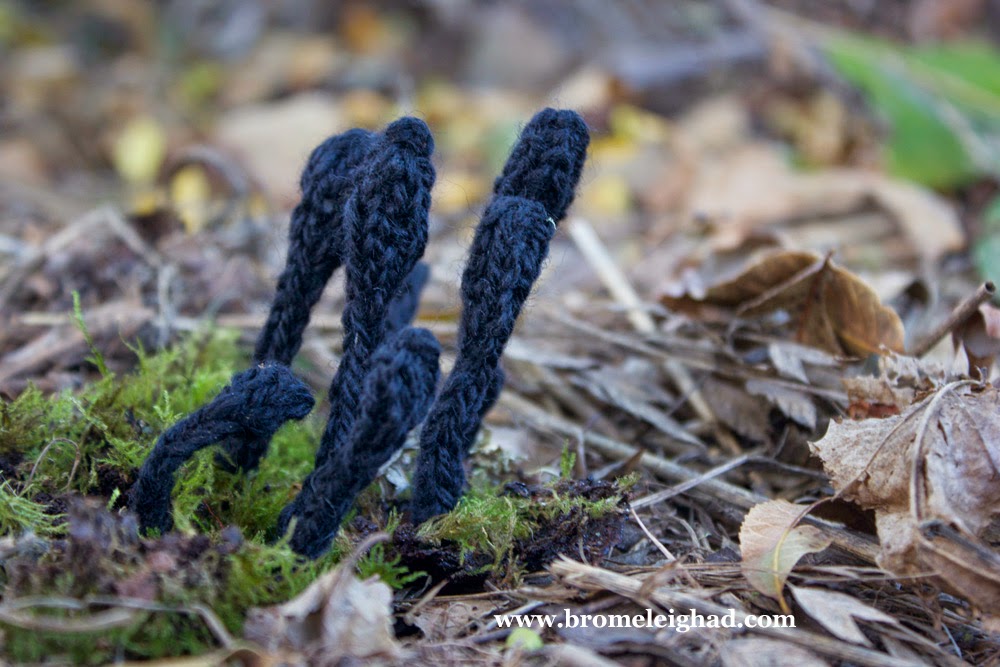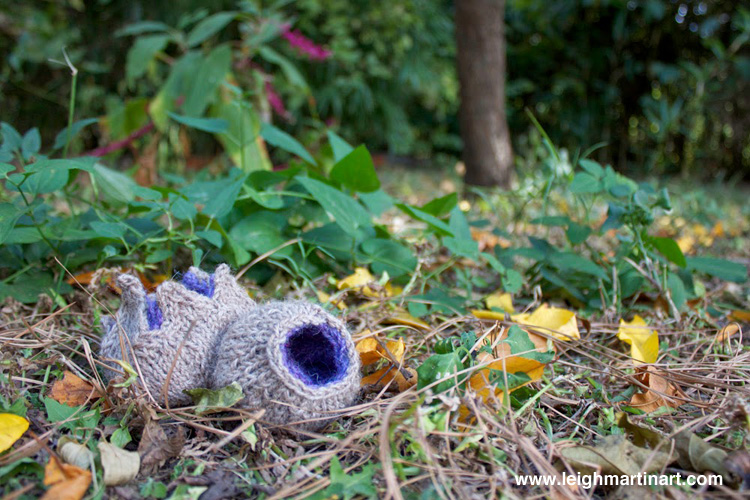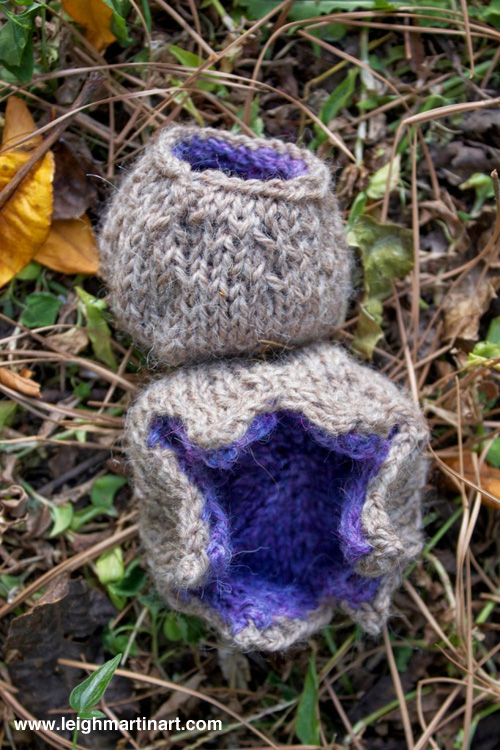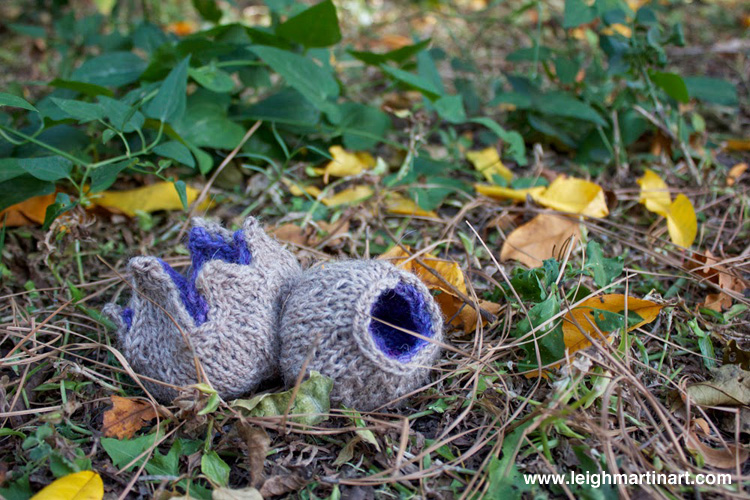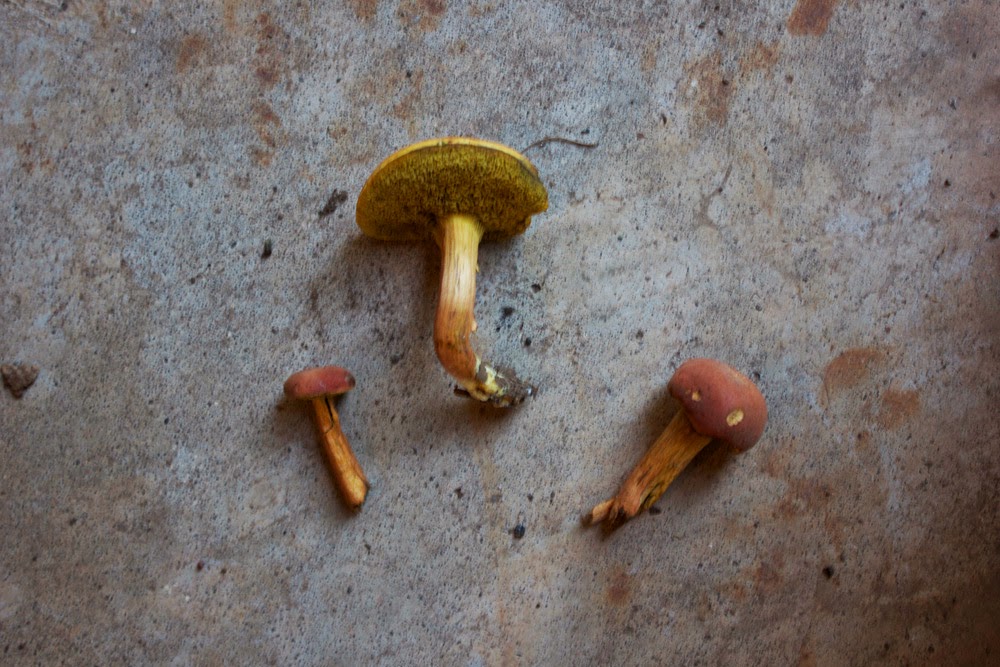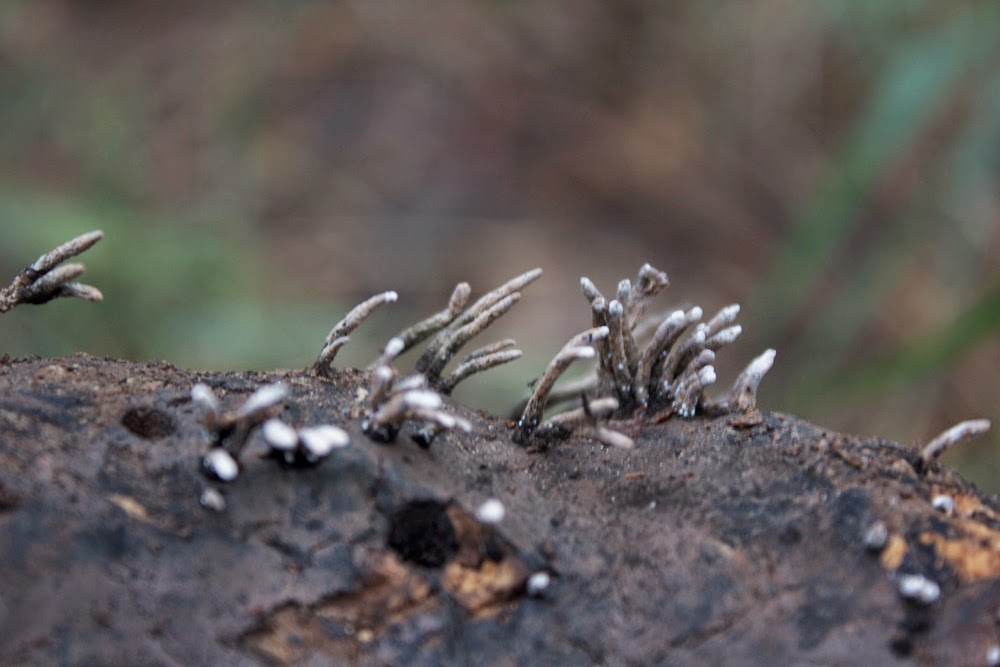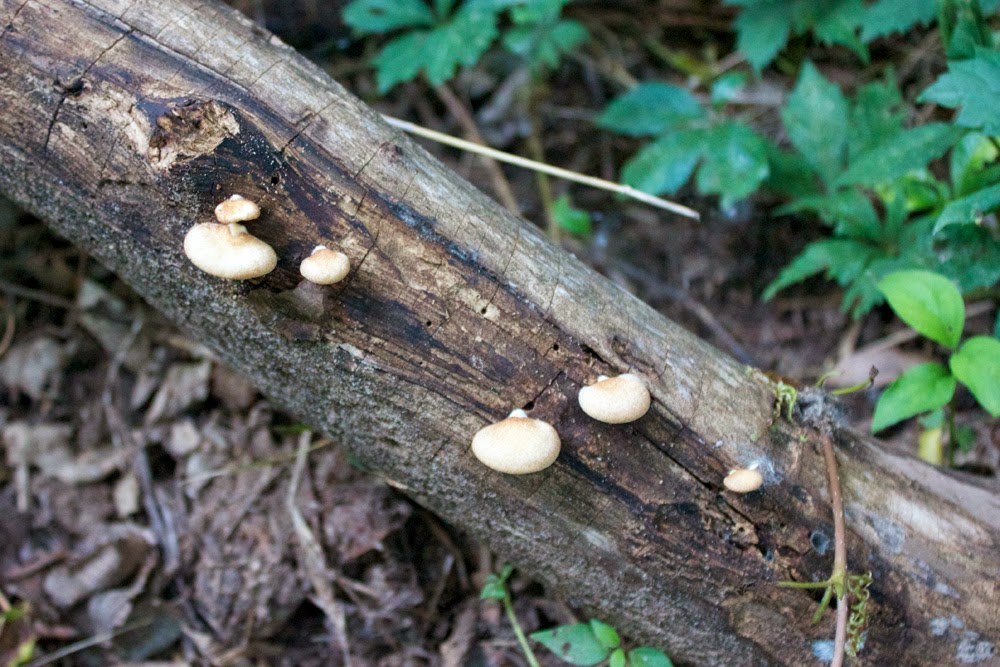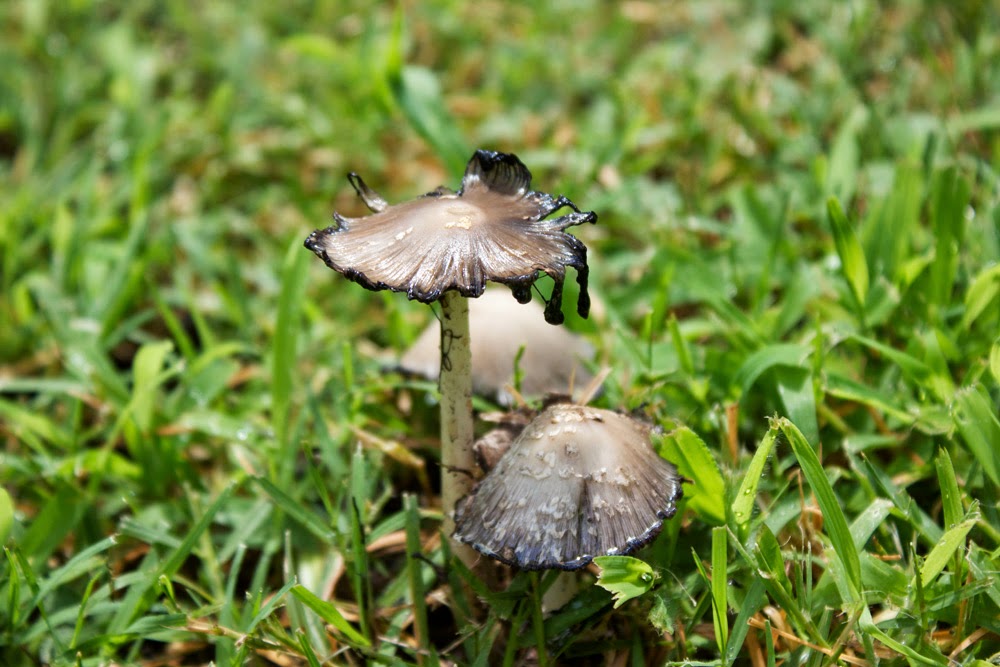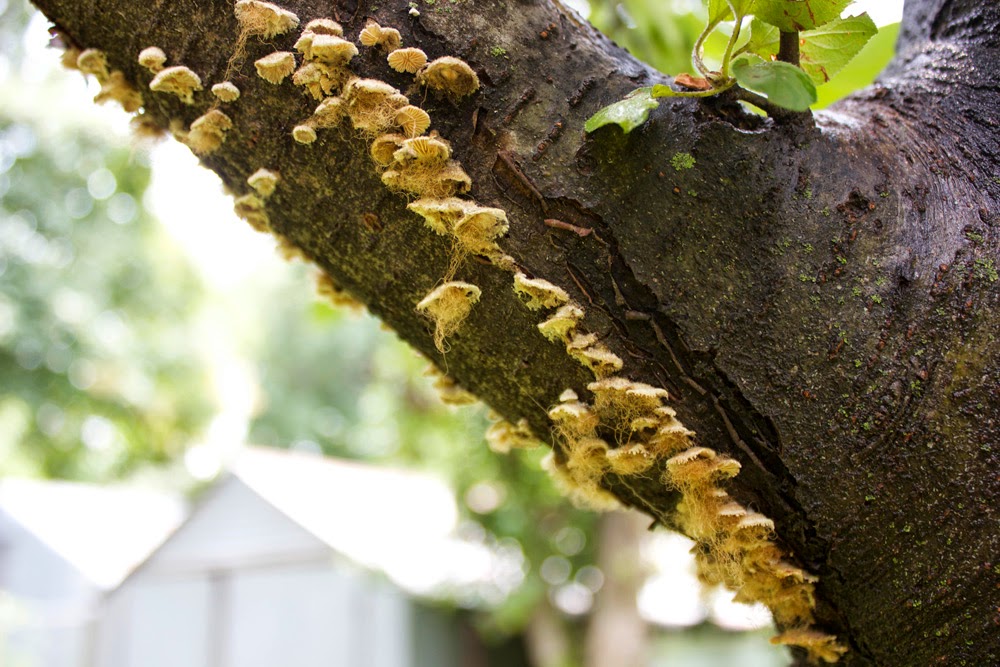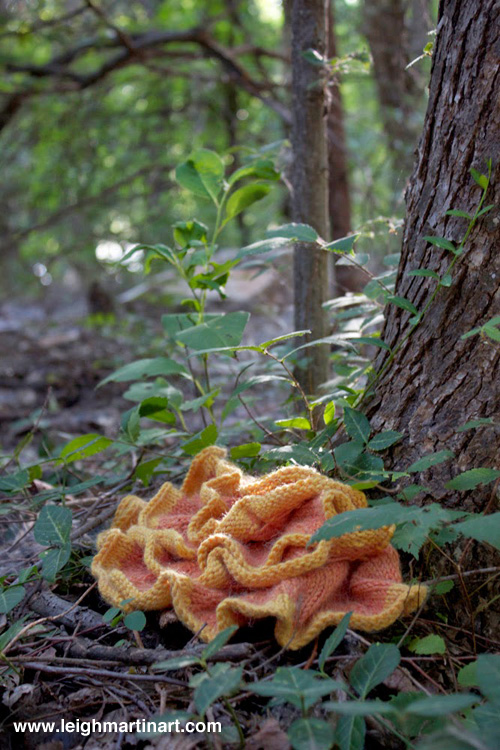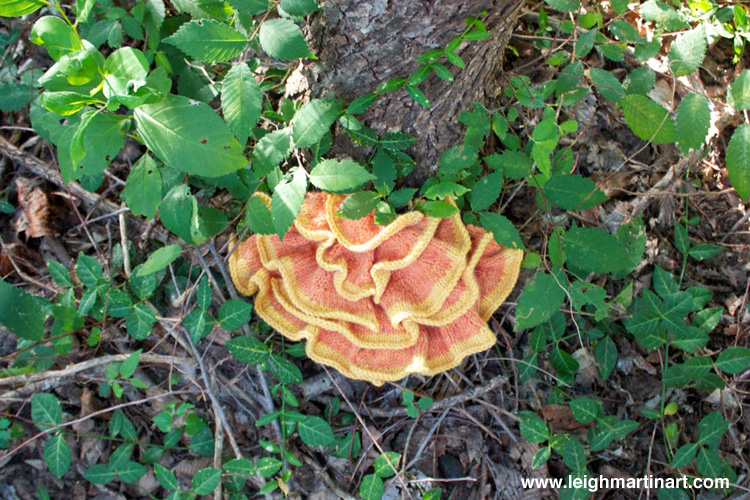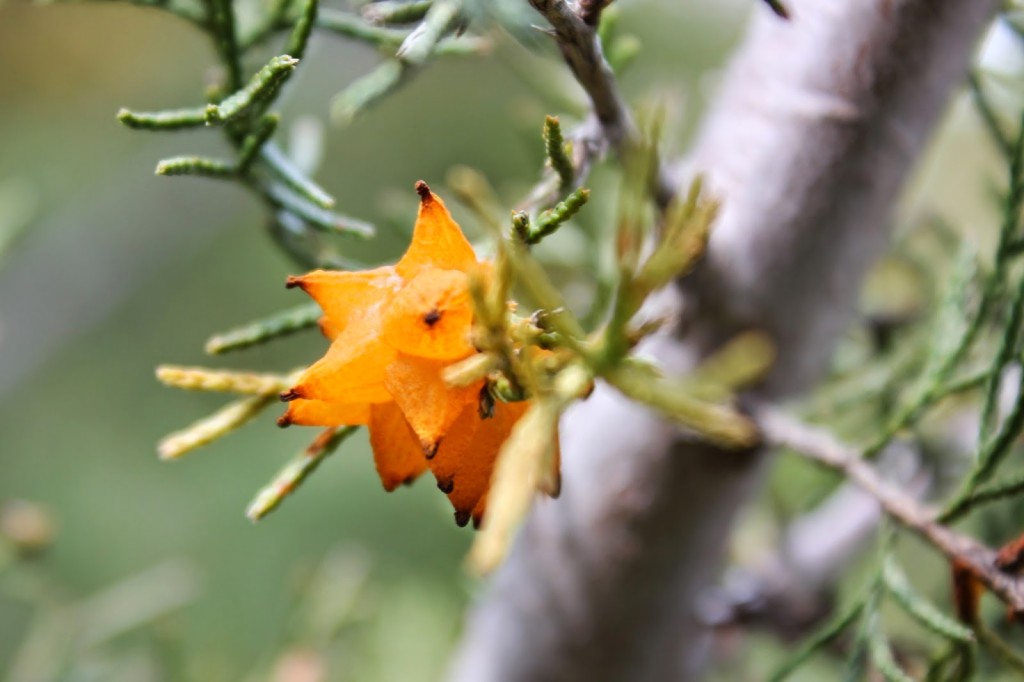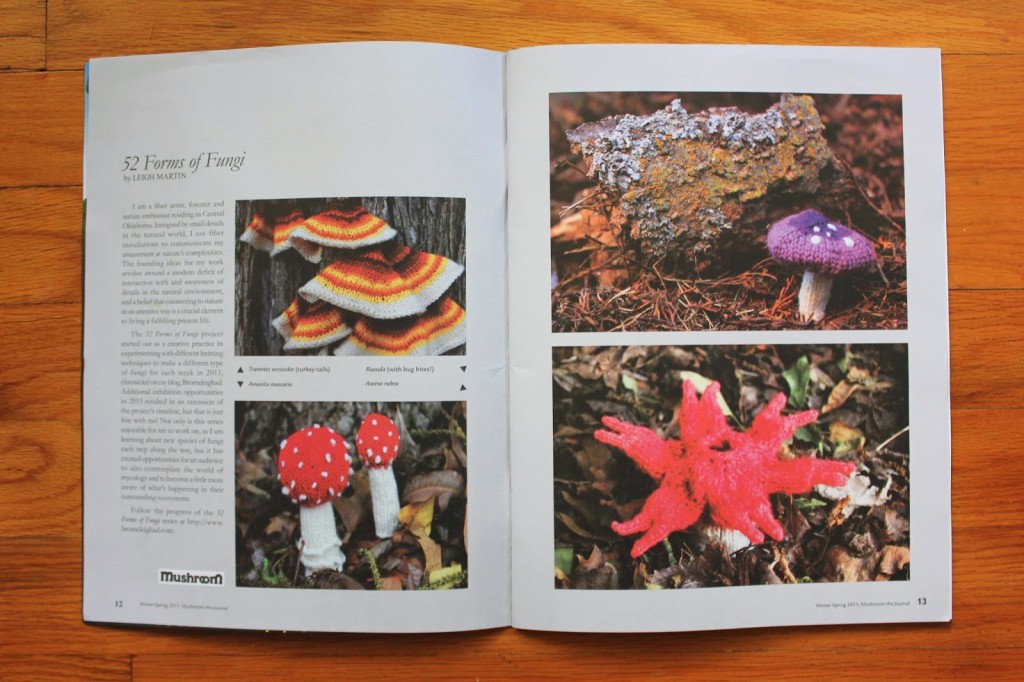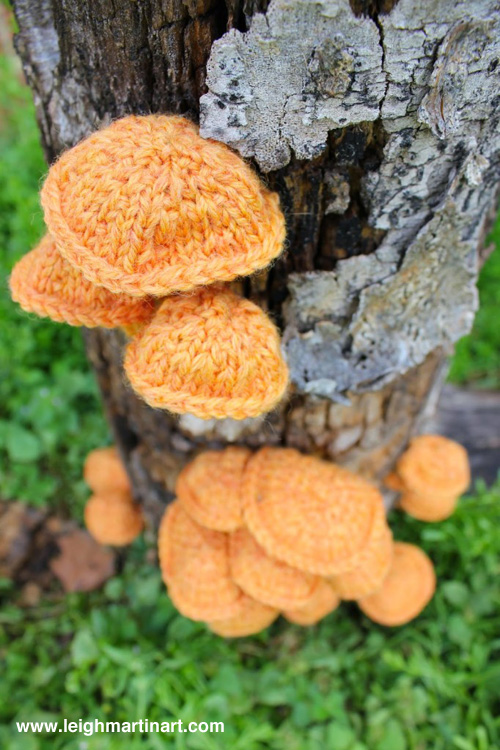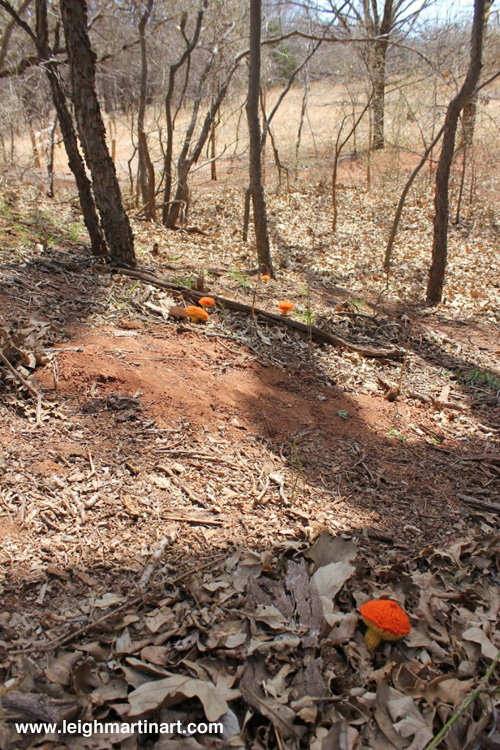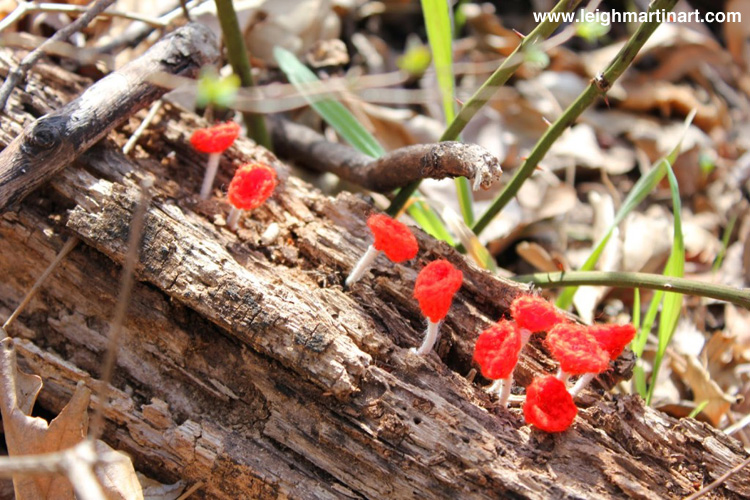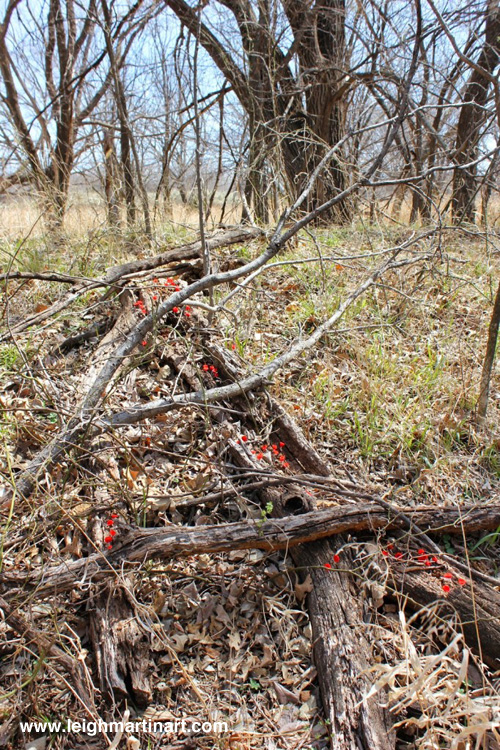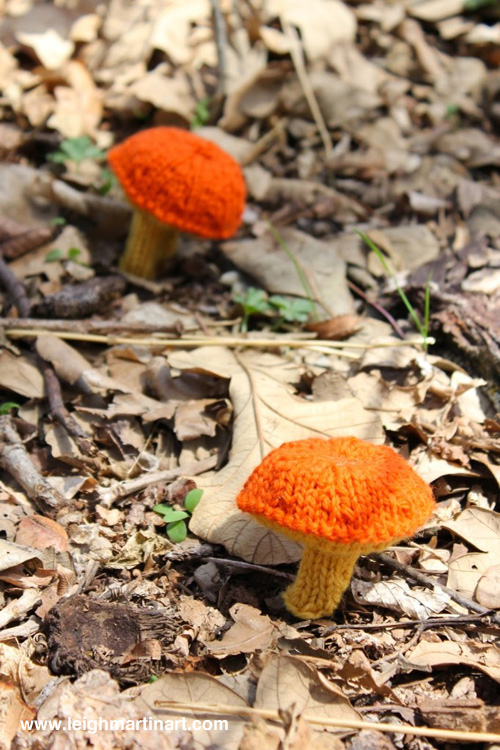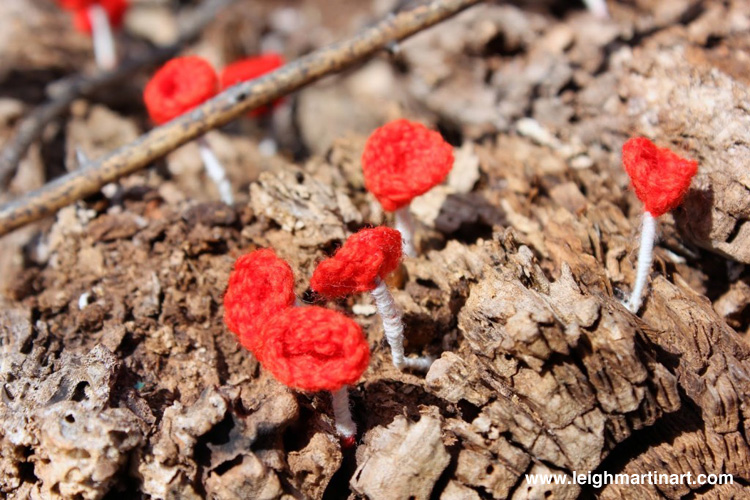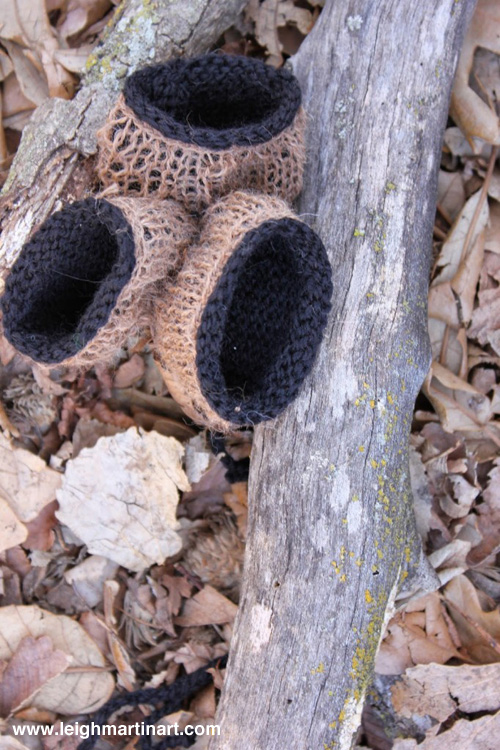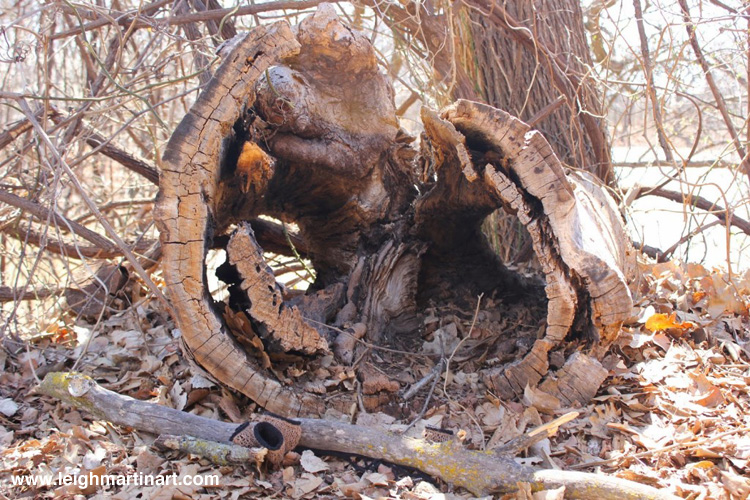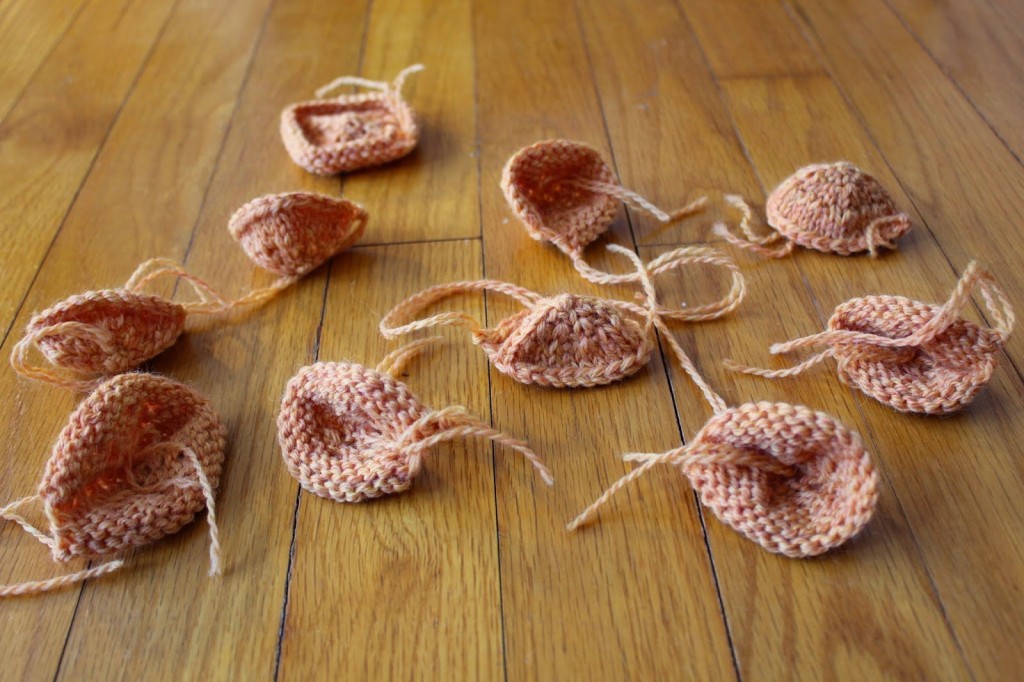52 Forms of Fungi || #33
52 Forms of Fungi || #32
All The Little Details
Fungi
52 Forms of Fungi || #31
52 Forms of Fungi || #30
Mushroom (The Journal of Wild Mushrooming) Feature
Ample Moisture
Succession
Succession / 52 Forms of Fungi || #29
Succession / 52 Forms of Fungi || #28
Niche, From a Distance
Niche / 52 Forms of Fungi || #27
Niche / 52 Forms of Fungi || #26
Niche / 52 Forms of Fungi || #25
Niche / Devil's Urn Revisited
Niche / 52 Forms of Fungi || #24
Niche / 52 Forms of Fungi || #23
Check out more forms from the 52 Forms of Fungi project Learn more about Niche
StART Norman || Succession + lichen
Threshold: the promised land will explore the space as a site for transformation. Threshold implies an opening for change, a boundary yet to be crossed, and the maximum or minimum point of change. The phrase “promised land” brings to mind hope and new beginnings, as well as reflection on local history. The artists will create work that examines themes around building, construction and future potential as well as the economy of exchange. In the early years of the city’s second century, Norman’s citizens seek to express the vibrancy of the community and to celebrate the diversity that makes it an amazing place to live. The exhibition will be accompanied by educational programming and creative performance by local musicians, performance artists, poets, and others. The intent of this installation is to transform the community of Norman through the vehicle of art, reflecting inclusivity and respect as core values of the city.


